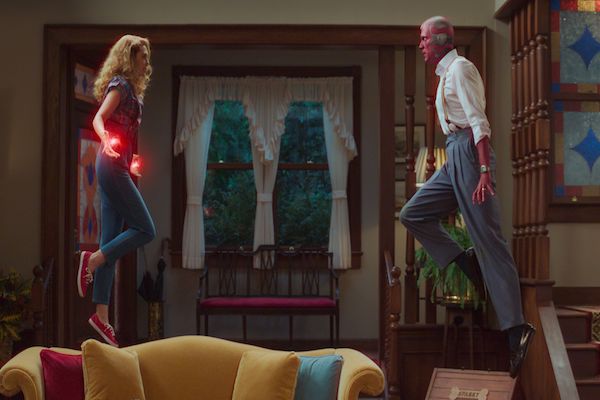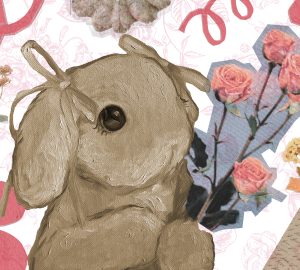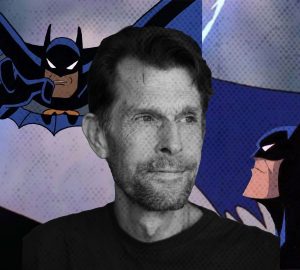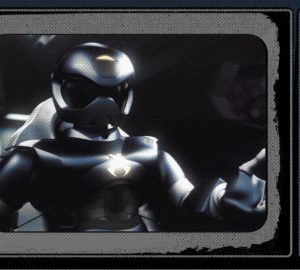
One thing I want to say about Marvel’s new show is that I don’t want it to end. It keeps getting better and better, and also darker, now that viewers have seen the outside world and understand the context that surrounds Westview.
Although the comedic setting remained, this time referencing various shows from the 80s, the overall tone of the episode was darker than ever before. The introduction of Billy and Tommy changed the family dynamic between Wanda and Vision, and the trouble began when the children started aging quickly and Wanda realized she had no control over them. Fans have theorized that Agnes, who at first seemed to be a quirky neighbor, is actually a comic book character called Agatha Harkness. The name Agnes is actually a combination of Agatha and Harkness, which makes sense, as the character has no actual home inside of Westview and she only shows up when Wanda needs something. That’s not normal.
Agnes could be the one responsible for magnifying Wanda’s powers, as in the comics, Agatha Harkness was Wanda’s mentor. We don’t know what her motives are just yet, but it’s possible that Agnes is either sketchy and wants to take advantage of Wanda, or is genuinely interested in helping her out.
We know that the craziness at Westview is Wanda’s coping mechanism for the loss of Vision and her intense grief. New footage showed her retrieving Vision’s corpse from a secret facility just after “Avengers: Endgame” happened, and then she created a reality where nothing and no one could hurt her, so she could build a family and live her happily ever after.
Of course, this didn’t happen. First, we had Vision learning of his ability to break the villagers out of Wanda’s mind control, as it happened to Norm at their office. Their interaction painted Wanda as the villain, as Norm begged to be saved from “her” and claimed that he was being hurt on the inside. Vision became aware that Wanda was holding everyone hostage inside her warped reality.
Then, after the agents of S.W.O.R.D. successfully poked the great and powerful bear that is Wanda Maximoff, she taught them a lesson with her enhanced powers. Wanda can do everything form altering reality itself to controlling minds and matter, and she made it very clear that another intrusion in her home would only lead to disaster. What’s interesting is the duality of her character, if we analyze her as the Scarlet Witch, dangerous and almighty, and as Wanda, the cheerful and funny housewife who just wants a family to love. She is not evil, but rather deeply hurt and desperate for an escape, which she had the means to obtain through her powers.
We know Wanda is incapable of realizing the hurt she is causing others, but recognizes that some rules cannot be bent, such as the rule of letting the dead stay dead. Of course, it came across as sheer hypocrisy when Wanda refused to resurrect her children’s dead dog, and lectured them about it, when she resurrected Vision herself despite all the moral implications of the act. Wanda could judge other people’s actions with sufficient reasoning to make the right call, but not when it came to herself, and that is what makes her duality so interesting … and dangerous.
We almost saw Wanda and Vision battling it out in their living room once Vision confronted her, but then Wanda literally rolled the credits of her sitcom before the fight began, in an attempt to escape. Just as her world was slowly crumbling, a stranger rang the doorbell and the moment of tension subsided — for three seconds.
The stranger was none other than Quicksilver, Wanda’s brother, but not the bearded guy you might remember from “Avengers: Age of Ultron.” This time it was “X-Men’s” version of Quicksilver, who became the first mutant to cross over to the MCU and interact with its characters. This moment was priceless and shocking, and just opened up an entire world of possibilities for Marvel, now that the X-Men have entered their world.























